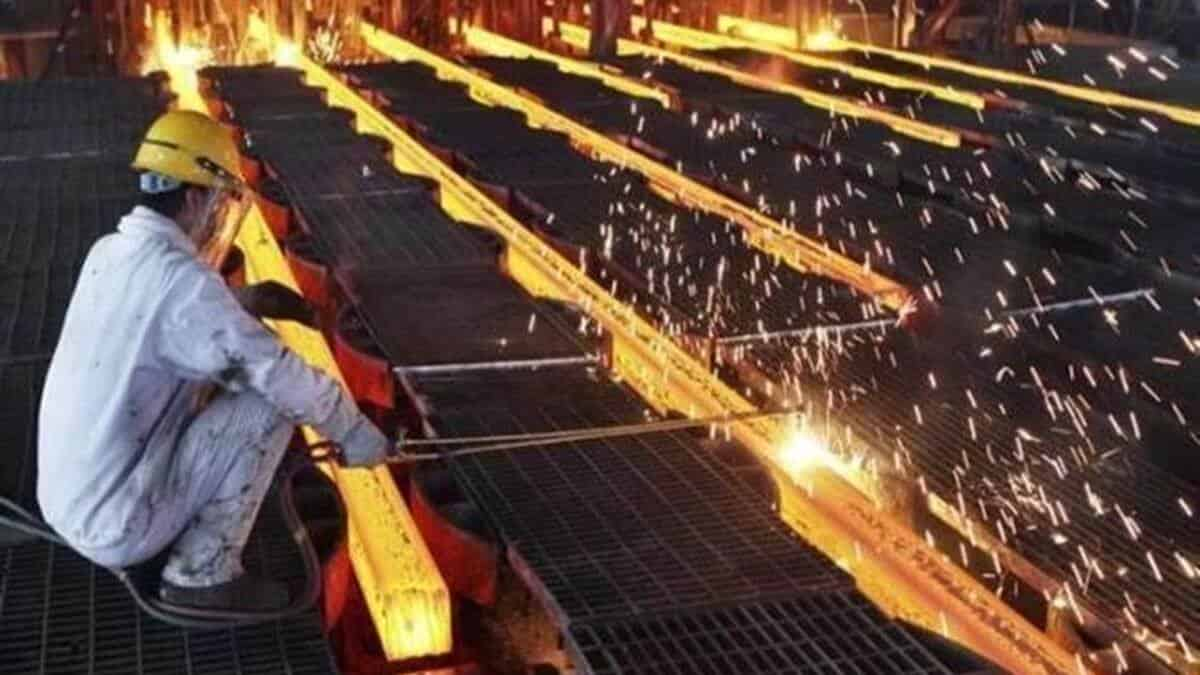In October, India’s manufacturing PMI rose to 55.9
In October, India's manufacturing PMI rose to 55.9 from 53.7 in September and 52.3 in August.

After starting to rise in September, India’s industrial activity continued to improve in October, as stronger demand conditions and the lifting of COVID-19 limitations boosted sales.
Manufacturing PMI rose to 55.9 in October, up from 53.7 in September and 52.3 in August, according to the monthly IHS Markit India Manufacturing Purchasing Managers’ Index (PMI) survey issued on November 1. A number above 50 indicates expansion, whereas a score below 50 indicates contraction.
New orders continued to grow in October, despite claims of improving market confidence, rising client demands, and successful marketing. The recovery was quick, the fastest in seven months. In a similar vein, factory output climbed at its fastest rate since March.
This would be welcome news for policymakers, as the PMI had met a stumbling block on its way to recovery in July, when it fell below the key 50.0 line for the first time in a year.
The manufacturing sector has continued to seesaw between gaining and unexpectedly losing growth momentum after starting 2021 on a stronger basis than it concluded 2020.
As a result, PMI has been highly variable in 2021. The most recent increase is encouraging, as output, new orders, exports, purchase volume, and input stockpiles all increased.
While each of the three primary categories of the manufacturing sector experienced substantial sales and production growth, it was intermediate products that saw the most rapid rise. Consumer goods had been the brightest spot in September.
Panel members highlighted favourable market conditions and increased sales volumes wherever growth was reported.
The need for exports is increasing.
According to the PMI survey, Indian companies saw a noticeable boost in overseas demand for their goods in addition to a significant increase in overall new orders. New export orders increased at the fastest rate in three months.
“Manufacturing activity is expected to expand during the third quarter of fiscal year 2021/22 if the epidemic remains under control, as companies prepare for potential increases in demand by stocking up on supplies. Production should be supported in the coming months by upbeat business confidence and projects in the pipeline.” Pollyanna De Lima, IHS Markit’s Economics Associate Director and author
IHS Markit forecasts a 9.7% annual increase in industrial production for calendar year 2021 if the epidemic continues to subside.
Cost inflationary pressures, which had subsided earlier in 2021, continued to rise in October. Input costs rose as a result of increased fuel and transportation expenses, as well as strong demand for scarce products.
“Concerningly, input cost inflation accelerated significantly in October, reaching a near eight-year high, as strong global demand for limited raw resources pushed up prices. As a result, some manufacturers increased their rates, but the aggregate rate of charge inflation remained mild for the time being “According to De Lima.
The aggregate rate of input cost inflation soared to a new high of 92 months. Chemical, fabric, metal, electronic components, oil, plastic, and transportation expenses have all increased, according to anecdotal evidence.
However, output prices climbed at a slower and more moderate pace. This was owing to the fact that the vast majority of manufacturers kept their fees the same.
In addition, despite the overall improvement in operating conditions, jobs did not grow, according to the poll. This was frequently linked to having the capacity to deal with present workloads and government shift work rules.
Because of the lack of capacity pressure, as well as regulatory guidelines regarding shift work, employment continued to fall. However, the rate of job loss was just modest.


